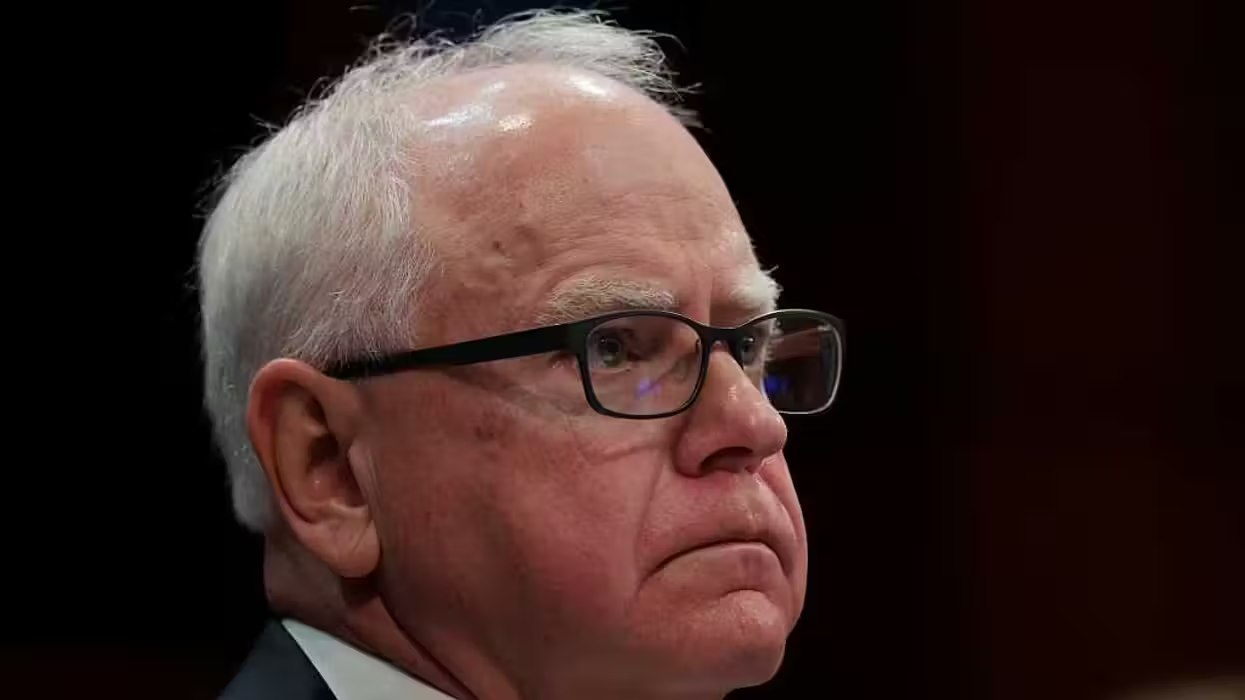
© 2025 Blaze Media LLC. All rights reserved.
Overestimating Global Warming? Scientists Say New Map of Greenland Needs More Ice
September 26, 2011
"Everyone had some real bad memories of this whole fiasco that had to do with Himalayan glaciers. No one wanted to see that again.”
Over the last couple weeks, climate scientists have been trying to get ice added back onto the map of Greenland in the latest version of the Times Comprehensive Atlas of the World. Glaciologists came out in force stating the publisher exaggerated the rate of glacial melt and that scientists were not consulted about the figures.
These glaciologists report that Greenland's melt should be more like 0.1 percent as opposed to 15 percent from 1999 to 2011, which was stated in publisher's news release. At first HarperCollins stood by the accuracy of its map. The Guardian reported the publisher as saying, "We are the best there is ... Our data shows that it has reduced by 15 percent. That's categorical."
But only a day later, HarperCollins' subsidiary Collins Geo issued an apology saying that the press release with the 15 percent reduction was wrong, although they did not acknowledge that the map itself was inaccurate.
The BBC (via the New York Times) later reported that the publisher was working with scientists to redo the map of Greenland. The Times has more:
[Sheena Barclay, the managing director of Collins Geo,] promised a new, “much more detailed map of Greenland that will represent more effectively the ice cover as it is.”Asked if by “effectively” she meant “accurately,” Ms. Barclay replied, “It’s a case of actually how you define the ice itself, and at the scales at which we show Greenland it’s actually quite difficult to achieve that.”
The Times reported that climate scientists were especially miffed by this mistake after a similar over exaggeration of glacial melt in the Himalayan Mountains in a 2007 United Nation's spurred global warming skepticism in 2010:
“[This] was a case where, really, the community came together really fast with both barrels blazing,” said Mark Serreze, director of the snow and ice center in Colorado. “Everyone had some real bad memories of this whole fiasco that had to do with Himalayan glaciers. No one wanted to see that again.”
It was speculated by glaciologist Theodore Scambos that the HarperCollins' cartographer used data from the U.S. Snow and Ice Data Center showing ice thickness instead of ice cover. In an email to the Times, Barclay said this was not the case.
Want to leave a tip?
We answer to you. Help keep our content free of advertisers and big tech censorship by leaving a tip today.
Want to join the conversation?
Already a subscriber?
more stories
Sign up for the Blaze newsletter
By signing up, you agree to our Privacy Policy and Terms of Use, and agree to receive content that may sometimes include advertisements. You may opt out at any time.
Related Content
© 2025 Blaze Media LLC. All rights reserved.
Get the stories that matter most delivered directly to your inbox.
By signing up, you agree to our Privacy Policy and Terms of Use, and agree to receive content that may sometimes include advertisements. You may opt out at any time.







